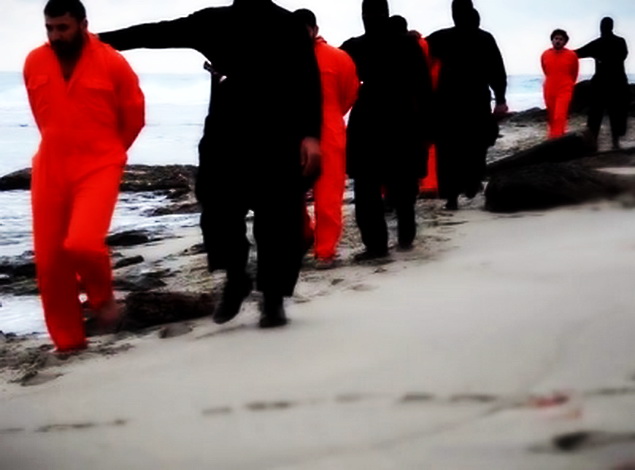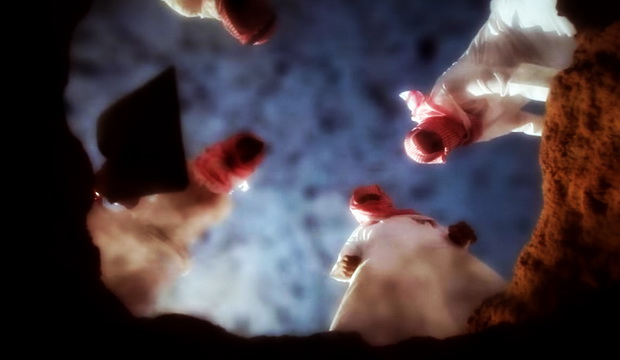Lessons from the Great Depression of the 1930s have not been learnt
– Stephen King (HSBC, Group Chief Economist & Global Head of Economics & Asset Allocation)
We are living through financial history of the tragic kind. As of Friday’s close, America’s stock market had declined in value by well over 40 per cent compared with its peak a year ago. Already, this ranks as the fifth biggest stock market decline since the 1920s, beaten only by the 1929 Wall Street Crash (and the ensuing Depression in the early-1930s), the technology collapse of 2000, the crash that occurred after the Yom Kippur War (and quadrupling of oil prices) in 1973 and, finally, the collapse in 1937/38 when war was breaking out all over Europe.
Optimists will point to the 2000 crash and argue that, while doom and gloom seemed to be just around the corner, the world economy survived mostly intact. Admittedly, there were modest recessions in the US, Europe and Japan. At no point, though, was there a whiff of anything approaching either the 1930s or the 1970s. Perhaps, then, we’ve learnt how to drive a wedge between the financial economy and the “real” economy.
This latest financial crisis, though, is much nastier. The collapse in stock prices is, in many ways, merely a side-show. The financial dance of death really began in the credit markets and was closely related to earlier rapid increases in house prices and household debt. Indeed, the increases in debt in recent years bear close comparison with the gains seen in the 1920s, another period when people spent as though there was no tomorrow.
Over the last 12 months, hopes have, again and again, been raised that policymakers would find an answer to this destructive malaise. The US housing market started to decline. Cuts in official interest rates designed to stem the sell-off have, though, been met by an even bigger housing decline. Banks stopped lending to each other, fearful that others’ balance sheets were full of toxic waste otherwise known as mortgage-backed securities. Central banks pumped liquidity into the system in ever-greater amounts, yet the lending logjam remained.
Individual companies have been saved in one form or another, yet, despite these piecemeal actions, the system as a whole is crumbling.
The US Treasury’s Troubled Assets Relief Programme (Tarp), aimed at removing dodgy assets from the financial system altogether in the hope that, once removed, banks would lend to each other again, has so far gone down like a lead balloon.
Then, last week, the UK Government went a step further, offering to inject billions of pounds of capital into the UK banks. It’s an entirely sensible step: not quite nationalisation – although that isn’t far away – but a recognition that the tailspin in bank shares which was threatening to blow the system apart had to be brought to an end. The result? The UK stock market staged one of its biggest ever weekly falls.
Of course, panics can come to an end remarkably quickly. One minute, we’re staring into the abyss, and the next minute, everything seems fine again. We can but hope. There are, however, significant barriers to be overcome. First, unlike so many earlier banking crises, this one is international. There are, undoubtedly, lessons to be learnt from the Swedish, Japanese and US savings and loans crises, but those crises were essentially national in nature. With toxic assets distributed throughout the global financial system, governments are competing with each other to come up with the best policy response. If the UK’s capital injections are successful, does this mean that the Tarp is a failure? If the Irish government guarantees bank deposits, is this a policy that can be unveiled elsewhere as well, or does its success depend only on its “beggar-thy-neighbour” attributes?
Second, almost all the policy initiatives discussed so far are based on the idea that the banking system either is functioning (as is the case with interest rate cuts) or can be made to function again through Tarps, capital injections or outright nationalisation. What happens, though, if the banking systems are so overly leveraged that under no circumstances can these bailout policies be made to work? Then, policy-makers will have to consider the nuclear option. In effect, through the sale of bonds to the central bank, governments can “print” money, to be distributed through an economy via tax cuts or, even more effectively, increases in government spending. Think roads, railways, airports, hospitals and the like. Money is pumped into the economy without the need for a banking system. The government allocates capital, the central bank loses its independence and free market philosophies are eviscerated. But we’re not there yet.
Third, governments are ultimately answerable to their domestic voters and taxpayers. This may mean that policies acceptable to, say, the German government, will not be acceptable to the US government. In the absence of any ability to co-ordinate policies, the incentive may be for individual governments increasingly to aim for autarky. What happens to our international system of free trade and capital movement in these circumstances? Could we be faced, longer-term, with a much more protectionist economic environment?
Fourth, we have yet to see the full effects of the crisis on the real economy. Everyone is now talking about recession. That, in itself, is no surprise. The more, though, that financial markets melt down, the bigger the risk of an extended multi-year economic malaise. Japan’s banking crisis, for example, proved to be much worse than expected partly because the assets upon which so many loans had been based – notably land – kept falling in value. At the last count, Japanese land prices have been falling for more than 15 consecutive years.
At this stage, it’s still difficult to calibrate the extent to which this crisis will hold back economic growth. We know that many banks, dependent either on wholesale funding or securitisation for loan growth in recent years, will have to shrink their lending capacity. Unless other institutions plug the gap – and, other than governments, it’s not obvious who can – the result is going to be a possibly massive decline in loan-to-deposit ratios. That means a higher cost of credit and a severely constrained quantity of credit.
This kind of credit collapse happened at the beginning of the 1930s. The loan-to-deposit ratio of the Amer-ican banking system dropped from 85 per cent to around 60 per cent. As it did so, many businesses and households found themselves driven into bankruptcy, not because they’d done anything bad or foolhardy but because massive de-leverage in the banking system left them unable to get hold of the credit needed simply to keep their activities ticking over on a daily basis.
No one ever wanted a financial dance of death. Many consoled themselves that lessons from the 1930s had been learnt and that, today, it would be impossible to live through another great depression. The chances of such an event are still small. But it’s too often forgotten that there were three lessons to be drawn from the depression. First, flood the system with money. Second, make sure governments co-ordinate their policies. And, third, don’t allow debt and leverage to rise too quickly in the first place. Only the first of these lessons, it seems, has been heeded.
 navedz.com a muslim's Quest for the truth
navedz.com a muslim's Quest for the truth









Thanks for the interesting post! I just interviewed a 92 year old about life during the Great Depression for my blog People Are Amazing. You might find it interesting:
http://peopleareamazing.wordpress.com/2008/10/14/mr-crawfords-second-depression/
we only have one God, i am a Christian but i am not a consistent church goer,, but i do believe in one thing, doing good to others is the best way to show our love to God,, of course, faith without deeds is a dead faith.., men doesnt live by faith alone, but by doing things that shows love, affection, good intentions.. in these finite world, there is only one infinite creator that makes us ONE..